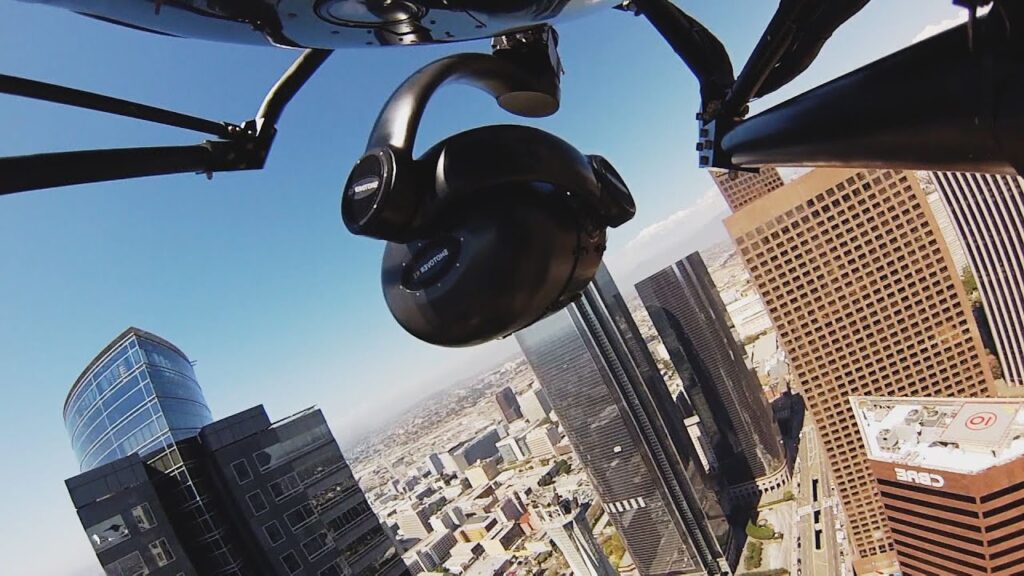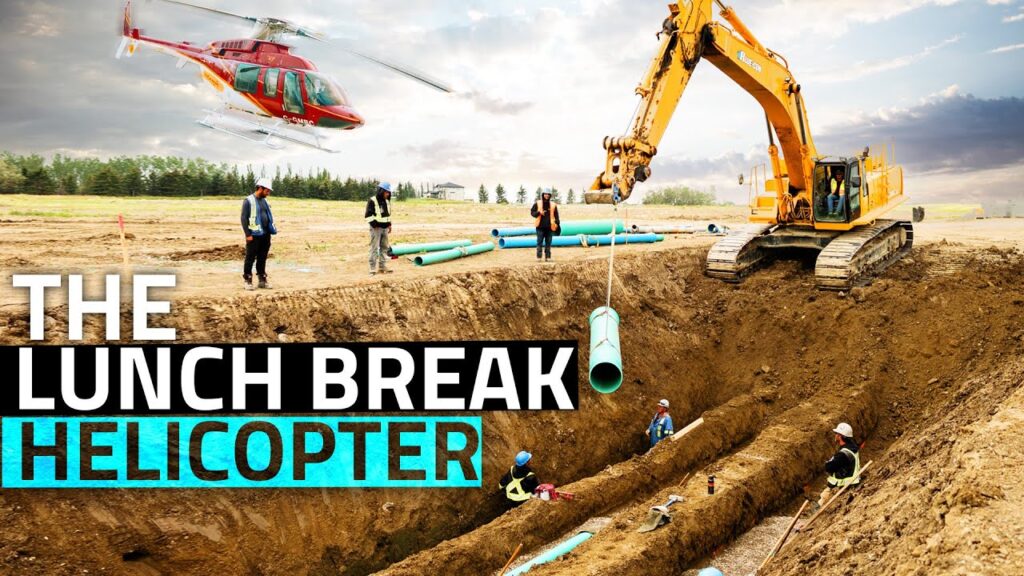The Critical Role of Helicopter First Responders in San Diego
Helicopter first responders have become an indispensable part of emergency medical services in San Diego. This bustling county, known for its sprawling beaches and dense metropolitan areas, often faces situations where time is of the essence in saving lives. The use of helicopters enables first responders to bypass congested traffic and challenging terrains, ensuring the rapid arrival of skilled personnel and the speedy evacuation of patients to medical facilities.
San Diego’s unique topography, which includes remote canyons and rugged backcountry, can sometimes be inaccessible by traditional ground ambulances. In such cases, helicopter first responders serve as a critical link between the site of the incident and the healthcare system. Whether it’s rescuing injured hikers from the steep trails of Torrey Pines State Natural Reserve or transporting heart attack victims from the far-reaching corners of the county, these airborne units cover vast distances in a fraction of the time it would take a ground response team.
Aside from emergency medical services, helicopter first responders in San Diego also play a significant role in firefighting and search-and-rescue operations. The frequent wildfires that threaten residential and wildlife areas demand a dynamic and immediate response. Helicopter crews are often the first to provide aerial firefighting support, dropping water and fire retardants to control the flames and prevent them from spreading to populated regions. Their ability to hover and access hard-to-reach places also makes them invaluable in locating and retrieving individuals who are lost or in peril.
Training and maintaining a helicopter first responder unit involves substantial investment and coordination. These teams are composed of highly trained pilots, emergency medical technicians, and rescue specialists. Regular drills and interdepartmental cooperation are essential to ensure that all members can work seamlessly together during high-pressure scenarios. Their ongoing commitment to preparedness translates into lives saved and outcomes improved during San Diego’s most critical emergencies.
The importance of these airborne heroes cannot be overstated. Every year, the helicopter first responder teams in San Diego are called upon for hundreds of missions, each one a testament to their dedication and the trust placed in them by the communities they serve. They not only provide medical assistance and transportation but also deliver hope to those in dire situations, firmly establishing themselves as an integral part of the region’s public safety network.
Expediting Organ Transport Services with San Diego’s Helicopter Teams
San Diego, renowned for its impeccable weather and stunning coastline, is also at the forefront of medical innovation with its state-of-the-art organ transport services. The region’s helicopter teams are instrumental in bridging the critical time gap in organ transplants. With their agility and speed, they facilitate rapid transport of vital organs, ensuring that life-saving procedures can be conducted without unnecessary delays. This swift mode of transportation is a game-changer in the medical field, saving countless lives each year.
The strategic use of helicopters in organ transport is a testament to San Diego’s commitment to healthcare excellence. Highly trained pilots navigate complex airways, while expert medical teams ensure the safe and sterile transfer of organs. This collaboration between aviation professionals and medical personnel harnesses the power of technology and human skill to create an efficient organ delivery system. San Diego’s approach highlights the importance of innovation and precision in critical healthcare services.
Organ recipients in San Diego and the surrounding regions reap the benefits of this expedited transport service. The helicopter teams operate around the clock, ready to take flight at a moment’s notice to facilitate the urgent need for organ transplants. By reducing the time an organ spends in transit, they not only improve the chances of a successful transplant but also extend the viability of the organs. Time is of the essence in these situations, and the helicopter teams are the unsung heroes ensuring that this time is not wasted.
Beyond immediate patient care, the rapid organ transport service provided by San Diego’s helicopter teams plays a significant role in advancing the field of organ transplantation. It aids in the continuous research and development aimed at improving transplant success rates and post-operative recovery. As such, the utility of these helicopter teams transcends individual patient scenarios and contributes to the larger scientific community’s efforts to conquer the challenges associated with organ transplant surgeries.
How Helicopter Services Enhance Emergency Response in San Diego
In the sprawling urban landscape of San Diego, helicopter services have become an indispensable tool for emergency response teams. Whether it’s conducting search and rescue missions, providing airlifts for critical patients, or surveying the scene from the air during wildfires, these rotary-wing aircraft significantly cut down on the time it takes rescuers to reach those in need. By utilizing the speed and agility of helicopters, San Diego’s emergency response is more efficient, particularly when seconds can mean the difference between life and death.
Helicopter services in San Diego are equipped with advanced technological instruments that enable them to navigate through challenging weather conditions and at night, which greatly extends their operational capacity. The high-definition cameras and thermal imaging capabilities on board allow for real-time reconnaissance, ensuring rapid assessment of emergency situations. This capability is crucial for fire departments, especially in a region that battles frequent wildfires, as it allows them to strategize and deploy resources effectively.
The geographical diversity of San Diego, from its bustling downtown to its rugged backcountry, poses unique challenges for ground-based emergency services. Helicopters provide a necessary bridge, delivering essential personnel and supplies to remote or otherwise inaccessible areas. These aerial missions include dropping off firefighters in hard-to-reach wildland areas or airlifting injured hikers from mountainous trails. The ability to fly directly to a site without the constraints of traffic or tough terrain is a game-changer for emergency responders and those they serve.
Moreover, San Diego’s helicopter services play a vital role in bolstering the hospital emergency network. Rapid transport of patients for high-level care significantly increases survival rates for traumatic injuries. Helicopters are equipped as airborne ambulances, bringing the speed of an ER to patients even before they reach the hospital. Paramedics aboard can perform life-saving procedures mid-air, delivering patients to emergency rooms with time to spare. These aerial emergency services integrate into the healthcare system, enhancing the overall responsiveness of San Diego’s medical services during critical moments.
The Importance of Rapid Organ Transport in Saving Lives
Time is a critical factor when it comes to organ transplants. From the moment an organ is donated, a complex and time-sensitive process unfolds in order to transport the organ to the recipient in the best possible condition. Helicopter tours dedicated to the rapid transport of organs are part of this life-saving logistics. Unlike traditional modes of transportation, helicopters can navigate around traffic congestion and cover great distances in a fraction of the time. This rapid transit can significantly extend the viability window of harvested organs, thereby increasing the chances of successful transplants and saving more lives.
Minimizing Ischemia Time is crucial in organ transplants. Ischemia time refers to the duration an organ remains without blood supply, which starts once the organ has been removed from the donor and continues until it is transplanted into the recipient. The faster an organ is transported, the shorter the ischemia time, leading to better transplant outcomes. Helicopter tours offer the advantage of minimizing this critical window, thus enhancing the organ’s functionality upon transplantation and reducing the risk of organ rejection or complications for the patient.
Moreover, the versatility of helicopters in accessing remote areas positions them as an invaluable asset in the organ transplant network. For donors and recipients located in areas distant from transplant centers, helicopter tours are often the only viable option for quick and efficient transport. They bridge the gap between small hospitals and specialized transplant facilities, ensuring that distance is not an obstacle to giving or receiving the gift of life. Their role in expediting transport not only benefits individual patients but also contributes to the overall efficiency of the organ donation system.
Helicopter First Responders: San Diego’s Airborne Lifesavers
San Diego’s coastline, rugged terrain, and bustling urban areas pose unique challenges for emergency response teams. In the face of these challenges, helicopter first responders have proven to be vital assets in delivering rapid medical assistance and rescue operations. These airborne lifesavers are equipped with advanced life-saving equipment and staffed by skilled medical teams ready to navigate the skies at a moment’s notice—ensuring that critical care can be provided even in the most remote or inaccessible areas.
The impact of helicopter first responders is particularly evident in their swift response to traffic accidents on congested highways, where ground ambulances may be delayed. In the event of a severe crash, every second counts, and the ability to airlift victims to the closest trauma center dramatically increases their chances of survival. San Diego’s airborne units are also indispensable during natural disasters, such as wildfires, where the rapid evacuation of individuals and delivery of firefighters to critical areas can save both lives and property.
Beyond emergency medical services, the helicopter units serve a broader role in public safety through search and rescue operations along San Diego’s vast coastline. The helicopters’ high-tech navigation and night vision capabilities make them superbly adept at locating and rescuing individuals who may be lost at sea or stranded in difficult terrain. The dedication and heroism of these teams, who often operate in hazardous and unpredictable conditions, embody the spirit of service that is the cornerstone of San Diego’s commitment to its residents and visitors alike.







